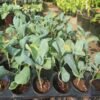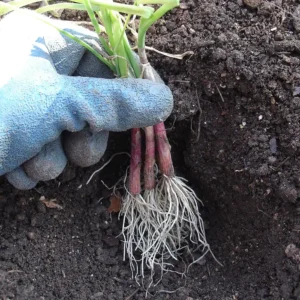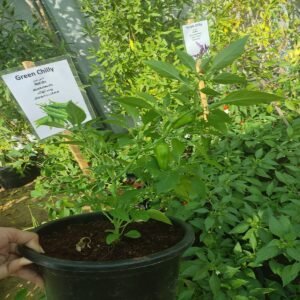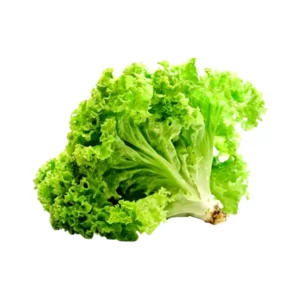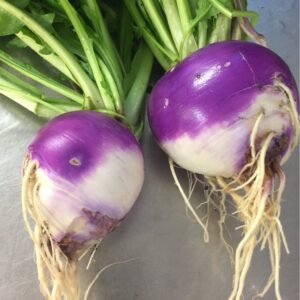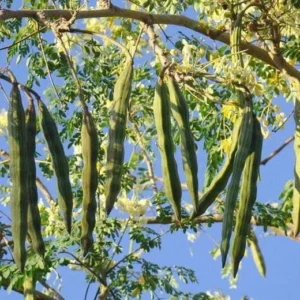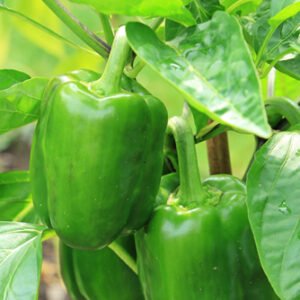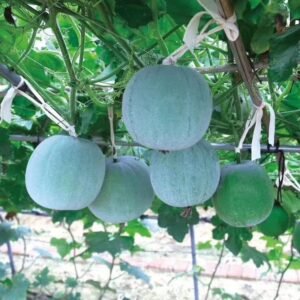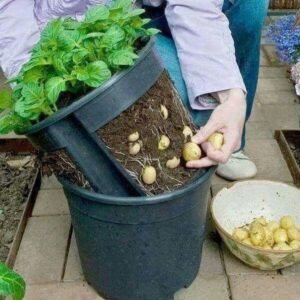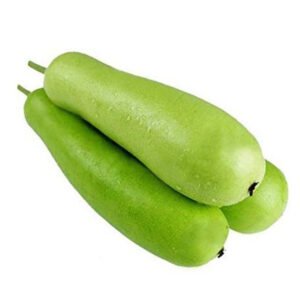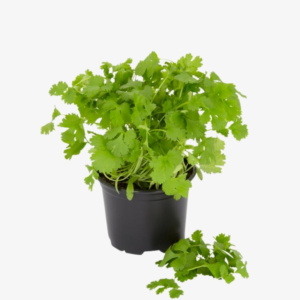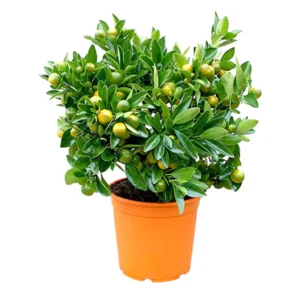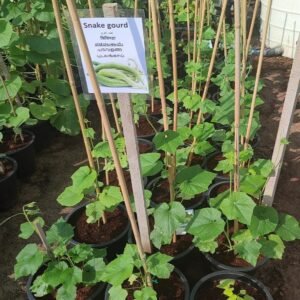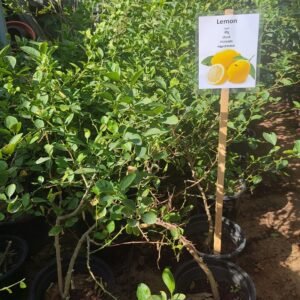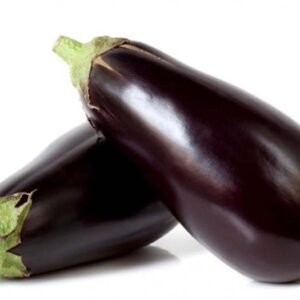| Scientific name | Brassica oleracea var. Botrytis |
| Common name |
Cauliflower |
| Temperature requirement | 15-21 °C |
| Humidity | 40-50% |
| Light | Full sunlight |
| Watering | Water everyday & keep moist |
| Pests | Aphids, cabbage loopers, cabbage diamondback moth |
| Pet friendliness | Not hazardous |
| Maximum plant height | 30-75 cm |
| Potting mix | Potting soil/red soil/manure/perlite |
| Pot requirement | Good drainage & repot every 1-2 years |
| Nutrition | Apply manure for first 15 days and npk for next 15 days |
| Pruning & training | Remove dead & diseased leaves with sterile shears |
| Common color & season | |
| Description | The name cauliflower has originated from the latin word “cauli” meaning cabbage,“floris” meaning flower and „botrytis’ meaning budding.Cauliflower is grown in winter season for its white tender curds formed by the pre floral fleshy apical meristem. The mid season and late crop will grow very well in medium, medium heavy and heavy soils. For early crop, a light to light medium soil should be preferred so that the drainage is easier in the rainy season. The water stagnation checks the growth, which leads to disappointment to the growers. It prefers a soil reaction ranging from ph 6 to 6.5. The deficiency symptoms of mg may quickly appear in acidic soils while ph higher than 7 reduced the availability of boron causing browning. Apply fym @250-300q/ha, nitrogen @100-150 kg/ha, phosphorus @ 60-80 kg/ha and potassium @ 80 kg/ha. Half quantity of n and entire quantity of p and k are applied to the soil at the time of field preparation. The remaining half quantity of n is top dressed four weeks after transplanting. An important operation to protect the curds from yellowing due to direct exposure to sun. The curds may also loose some of their flavor because of this exposure. This may be done by drawing and tying of leaves when curds are fully developed. Sometimes, a leaf of cauliflower is kept over the curd 4-5 days prior to harvesting. |
Additional information
| Port Size | V9 |
|---|




